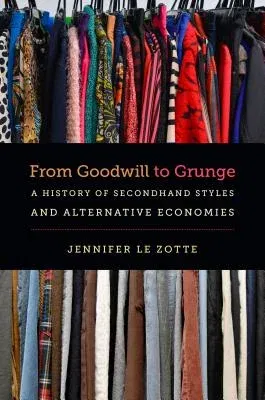Jennifer Le Zotte
(Author)From Goodwill to Grunge: A History of Secondhand Styles and Alternative EconomiesPaperback, 20 March 2017

Qty
1
Turbo
Ships in 2 - 3 days
In Stock
Free Delivery
Cash on Delivery
15 Days
Free Returns
Secure Checkout
Part of Series
Studies in United States Culture
Print Length
342 pages
Language
English
Publisher
University of North Carolina Press
Date Published
20 Mar 2017
ISBN-10
1469631903
ISBN-13
9781469631905
Description
Product Details
Author:
Book Format:
Paperback
Country of Origin:
US
Date Published:
20 March 2017
Dimensions:
23.39 x
15.6 x
1.96 cm
Genre:
20th Century
ISBN-10:
1469631903
ISBN-13:
9781469631905
Language:
English
Location:
Chapel Hill
Pages:
342
Publisher:
Weight:
526.17 gm

